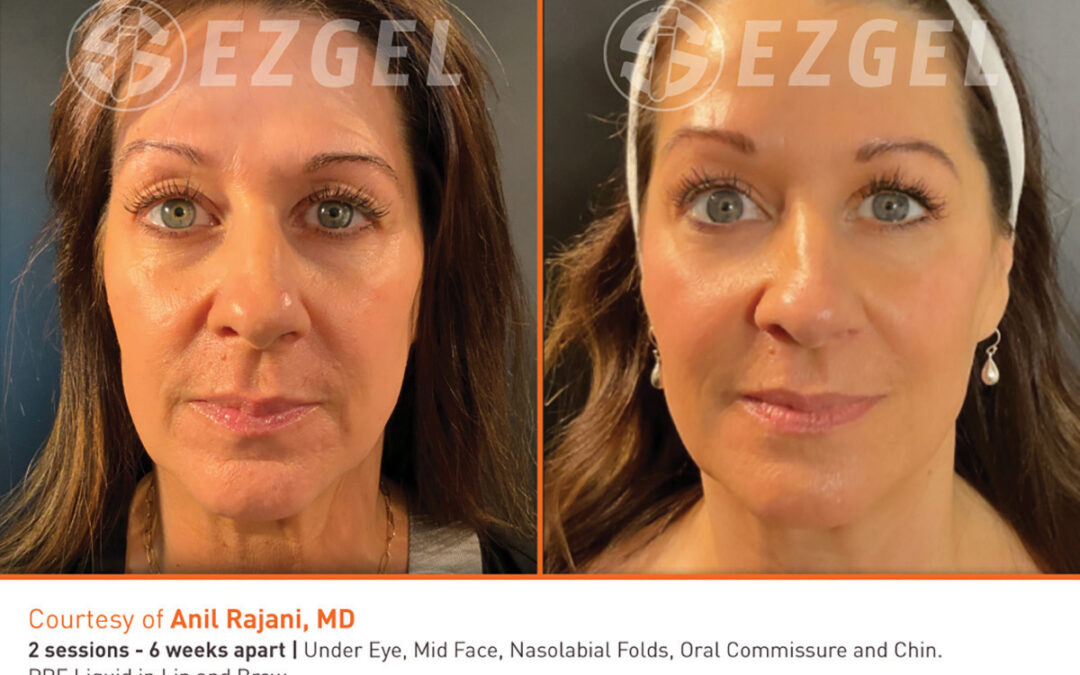You slather on sunscreen religiously. The only tan you ever have is out of a bottle. You drink enough water to hydrate the Chihuahuan Desert. You don’t smoke; you drink alcohol only occasionally. You exercise and stay fit. In fact, you don’t feel your age at all — until you see yourself in the mirror. (Who IS that old person?)
Fact is, you’ve been working on those wrinkles since you were a child. Playing outside all day, you got — as grandma used to say — “brown as a berry”— quite by accident. If you were a sun-worshiper who worked on that perfect tan all summer long, you really fueled the process.
Of course, now we all know that the only “healthy” tan comes out of a bottle. Thankfully, there is a multitude of self-tanning products available, in a variety of formulas and price ranges. Now you can appreciate a great tan, know that you’re not risking your health, and do something really fun or productive with all that time you used to spend cooking in the sun.
So, now that you take precautions to avoid doing more damage, what can you do to repair what you’ve already done? Lots.
For starters — more of what you are already doing. Use a body lotion with a sunscreen every day. Stay out of the sun as much as possible. When you are in the sun, use at least a 30 SPF sunscreen. Look for sunscreens that contain Parsol 1789 or physical sun blocks such as zinc oxide and titanium dioxide for the best protection. Zinc oxide, the favorite nose protector of lifeguards everywhere, is still one of the best.
What else can you do? The options can be overwhelming, and the hype around them confusing. Will that tiny jar of $75 face cream actually do more for your skin than the $12 cream you can buy at Wal-Mart? And what about all those ingredients — AHA, retinoic acid, vitamin C, glycolic acid, tartaric acid — what do they do?
Each year, Americans spend billions of dollars on skin care products that claim to improve skin. Most over-the-counter skin care products are coined “cosmeceuticals,” which are a cross between a cosmetic and a drug.
There has been lots of research on the aging process. With aging, all skin cells begin to produce excess amounts of free radicals, unstable oxygen molecules that ideally are removed by naturally occurring antioxidants within the skin’s cell. As skin cells age, there are fewer naturally occurring antioxidants. The free radicals generated are left unchecked, causing damage to cell membranes, proteins and DNA. Free radicals break down collagen and cause inflammation in the skin. A combination of these cellular and molecular events leads to skin aging and wrinkles.
Naturally occurring antioxidants deplete as we age, so most of the anti-aging skin care products contain ingredients that have some antioxidant properties. So what exactly do you look for when shopping for a truly effective skin care product? Start by looking for one of these key ingredients:
Vitamin A, or retinol, was the first antioxidant to be widely used in cosmetics. There is now a significant amount of scientific evidence that substantiates the benefits of topical vitamin A on aging and sun-damaged skin. Retinoids, synthetic derivatives of vitamin A available by prescription only, have proven even more effective when applied topically. These compounds are unsurpassed at softening fine lines and wrinkles, lightening pigmentation, and improving overall sun damage. Names to look for include Retin-A, retinoic acid, retinol.
Alpha Hydroxy Acids (AHA’s) cause exfoliation, or shedding, of the surface skin. The extent of exfoliation depends on the type and concentration of the AHA, its pH (acidity), and other ingredients in the product. Most cosmetics contain AHAs at levels up to 10 percent. Licensed aestheticians use AHA concentrations of 20 percent or higher for salon “mini-peels.” The AHA products most frequently used in cosmetics are glycolic acid and lactic acid. Others include malic acid, citric acid, alpha-hydroxyoctanoic acid, alpha-hydroxycaprylic acid, citric or fruit acids and L-alpha hydroxy acid.
Copper Peptides are known to be important in the synthesis of collagen and elastin, the supporting structure of the dermis, or second layer of the skin. Production of both collagen and elastin is reduced in aging skin and skin exposed to ultraviolet light. Copper peptides may be able to help repair sun-damaged skin. Since copper is also relatively inexpensive, it may be a lower-cost option than some other ingredients.
Alpha Lipoic Acid, or ALA, is a naturally occurring antioxidant that it is soluble in both water and lipids. ALA is unique among antioxidants because it can easily penetrate skin cells and continue to be effective once inside the cell. ALA also appears to protect vitamins E and C, thereby boosting naturally occurring antioxidants within the cell. ALA is now being touted by some as a superior antioxidant compound and is incorporated in a number of skin care products.
There are a number of good products that can actually improve your skin’s appearance. However, if you want — or need — a more radical approach, you may want to consult a dermatologist about an acid peel or laser resurfacing.
Author: Julia Jones









0 Comments